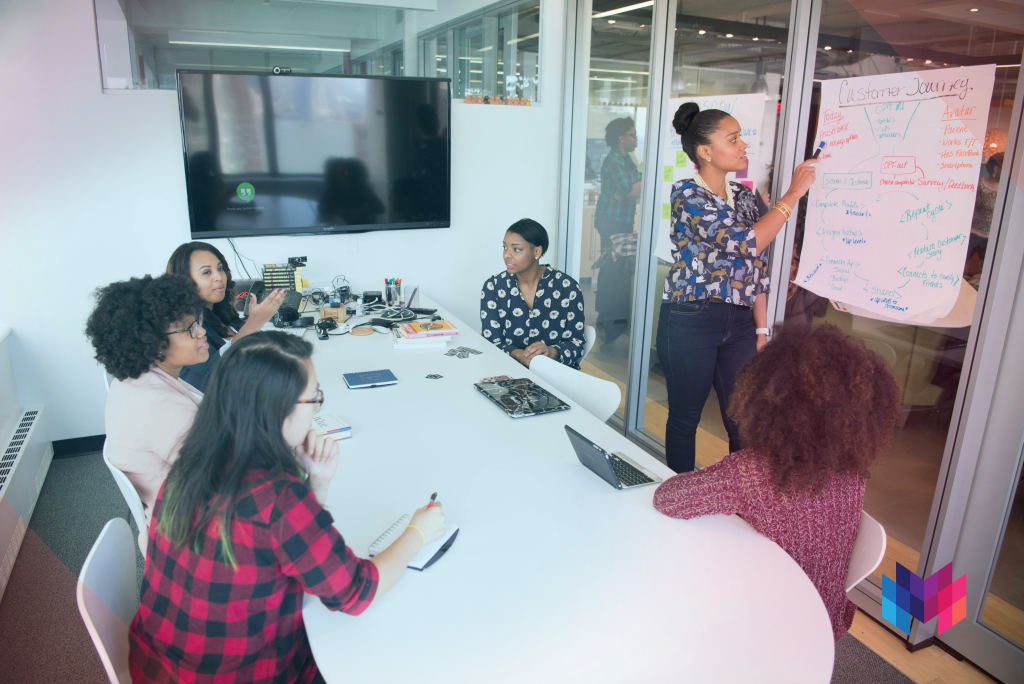Learning & development (L&D) teams dream of driving more business impact. However, many L&D and HR practitioners face the challenge of proving their value to their businesses. They often find themselves pulled in two directions simultaneously. On the one hand, their work requires creating and providing learning resources that align specifically with business objectives. On the other, they need to satisfy employee appetites for skills development that ensure they perform better.
On the surface, these two forces may seem in opposition — pulling L&D professionals in two distinct directions. But by keeping both of these in mind when crafting their L&D strategy, practitioners can better align themselves with the organisation’s goals, priorities, and success.
Before delving into the ways L&D can help businesses successfully achieve their goals, let’s first unpack how the success of learning and development strategies is typically measured.
How is the success of L&D measured?
Businesses are typically most interested in metrics like ‘how learning translates to performance’ and ‘progression towards goals’ instead of vanity metrics like learner satisfaction. However, according to LinkedIn’s Workplace Learning Report, six of the 12 success metrics for L&D are vanity metrics.
These vanity metrics look like:
- Employee satisfaction (measured by survey)
- Employee satisfaction (informal or qualitative feedback)
- Number of employees taking courses or training
- Employee performance on post-learning quizzes or assessments
- Number of courses or training modules each employee has completed
- Number of hours spent learning.
Vanity metrics are statistics that look spectacular on the surface but don’t necessarily translate to any meaningful business results. By focusing on vanity metrics, the work of L&D practitioners might appear not to contribute effectively to actual business objectives.
Effective business metrics look like:
- Improved performance reviews
- Team or org business metrics
- Improved employee productivity
- Improved employee retention
- Progress toward closing workforce skills gaps
- Number of new skills learned per learner
Focusing on metrics that fall into both categories can help L&D practitioners keep the business and its employees in mind. This more holistic approach results in treating the root causes instead of the symptoms — improving the company in the short- and long-term. So, now we know the metrics for success, but how do we ensure we hit those marks?
Crafting a learner-centric approach
Typically, business objectives come in the shape of goals like increasing profit, improving customer experience, and tightening operational efficiency, and these goals are handed to the L&D team. The expectation is that they will train employees in the necessary roles to achieve these goals in line with targets.
However, if all learning is purely business-aligned, the business might be happy, but eventually, talent will migrate from the organisation. L&D teams create opportunities by ensuring training benefits both the employee and the business, leading to increased talent retention. A learner-centric approach is vital to ensuring business objectives are met, because it keeps top talent engaged, and companies are coming around to this fact.
Consequently, many people now choose employers that value soft skills and offer ‘future-fit’ learning and development beyond the original job specification. Employers who recognise that employees are willing to learn new skills or be re-trained to remain employable will retain an employee base that is engaged, adaptable, and hungry to learn new things — essential attributes in a fast-moving and competitive world.
Striking a balance between learners and business objectives
Organisations that help people learn to do things better have the foundation to achieve sustained business performance.
One of the best ways to ensure your company meets its business objectives while still creating the space for learning and development is to weave learning processes into the flow of work. They say time is the oldest barrier to learning, and this is often the case for L&D. Companies find it challenging to carve out time — that could otherwise be billable — for employees to learn or upskill themselves. Learning on the job creates an environment in which employees feel motivated, apply what they are learning, and receive positive reinforcement as they learn; this is a recipe for success.
Innovative solutions like this mean that employees are learning and their satisfaction and growth are prioritised, while business objectives are met — the best of both worlds.
Achieving and transcending business objectives
When the needs of the business and employees are aligned, a dynamic performance culture can emerge that not only achieves business objectives but also transcends them. L&D practitioners contribute meaningfully to their organisations’ goals and priorities when they see the complete picture; this allows them to implement learning and development strategies that contribute effectively to their company’s business objectives — making the workplace better for everyone.


